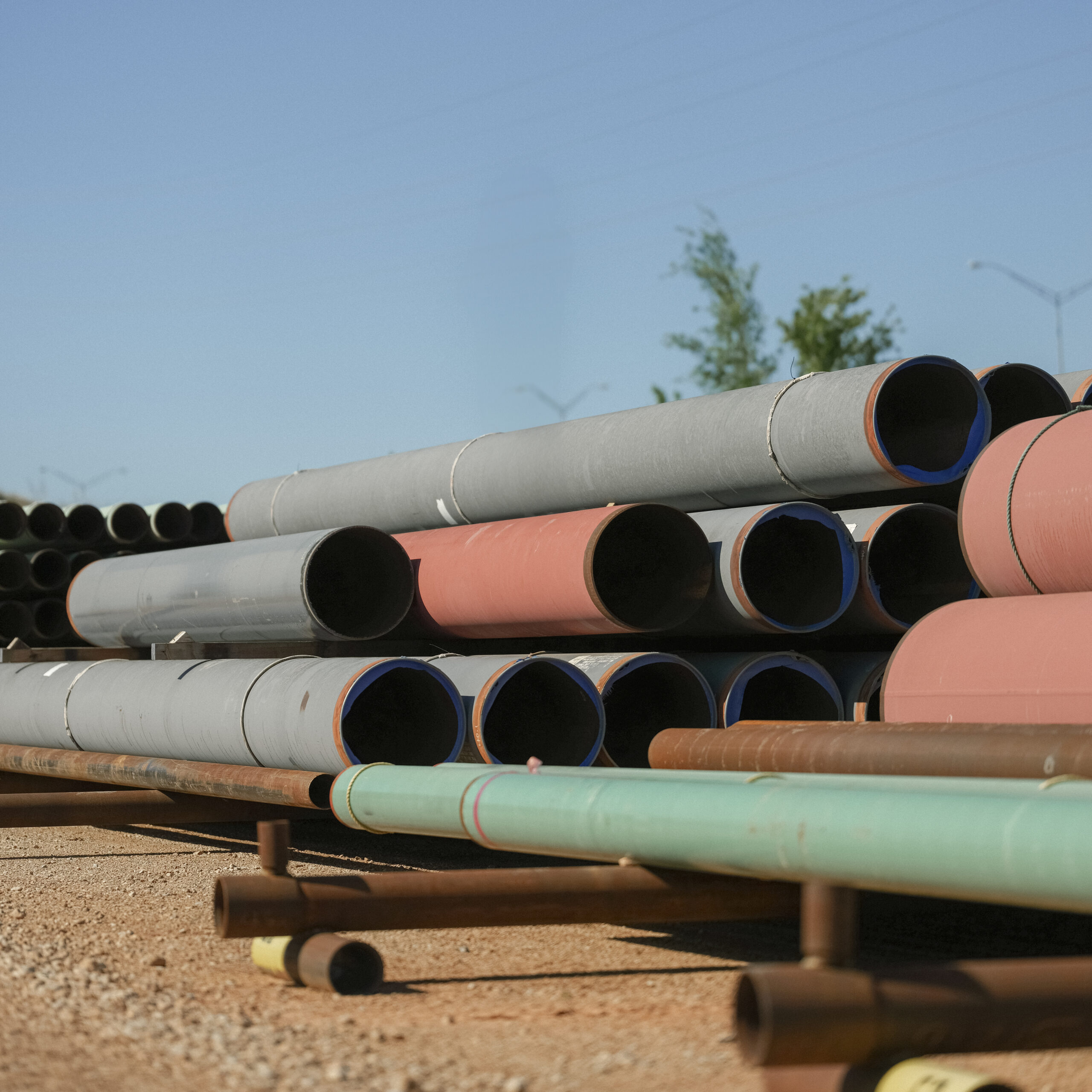#5 • 5/1/24
Deciphering the language of steel pipe specifications can feel like navigating a labyrinth of codes and numbers. The seasoned experts at International Pipe are your trusted guides. Here’s what you need to know:
Steel pipe specifications are a set of standards that define the properties of steel pipe, such as its size, thickness, and material grade. Steel pipe specifications are important because they help to ensure that steel pipe meets the requirements of the application for the intended use.
The Basic Pillars of Pipe Specification:
- Function First: What’s the pipe’s job? Transporting high-pressure fluids? Handling structural loads? Resisting corrosion? Each function demands specific characteristics. Align material and grade to the task at hand. Some of the most common steel pipe specifications can include:
- API 5L: ERW, DSAW and Seamless steel pipe that is used to transport oil and gas.
- ASTM A53: ERW steel pipe that is used in general construction applications.
- ASTM A106: Seamless steel pipe that is used in high-pressure applications.
- Dimensions: This includes the nominal pipe size (NPS), which refers to the inner diameter, and the schedule, which dictates the wall thickness. A Schedule 40 pipe, for example, has a thicker wall than a Schedule 10, making it suitable for higher pressure applications. Diameter, wall thickness, and length all influence flow capacity, pressure resistance, and installation.
- Materials: From the stalwart carbon steel to the corrosion-defying stainless steel, different materials offer distinct advantages. Knowing your project’s demands, from temperature extremes to chemical exposure, will guide you toward the right material, – each has its pros and cons:
- Carbon Steel: versatile, affordable, and widely available. Choose grades like A53 for pressure or A252 for structures.
- Alloy Steel: boasts enhanced strength and specific element resistance, like high temperatures (P9) or corrosion (316L stainless).
- Ductile Iron: For low pressure drainage lines, offering superior corrosion resistance and earthquake resilience.
- Cost-Effectiveness: Balance upfront cost with long-term maintenance and potential replacements. Sometimes, a higher initial investment pays off in the end.
Expert Guidance:
International Pipe can help guide you through the complexities of any project, so you can confidently acquire the best steel pipe solutions for your project.
BONUS TIP: Also Consider the Details Beyond the Numbers:
- Ends: Will your pipe need threaded, flanged, beveled or plain ends for connecting with other components?
- Coatings: Does your project demand additional protection from corrosion or other environmental factors? Consider galvanization, epoxy coatings, or other protective measures.
- Standards: Ensure your pipe meets the relevant industry standards, like ASTM, AWWA or API, for optimal performance and safety.

